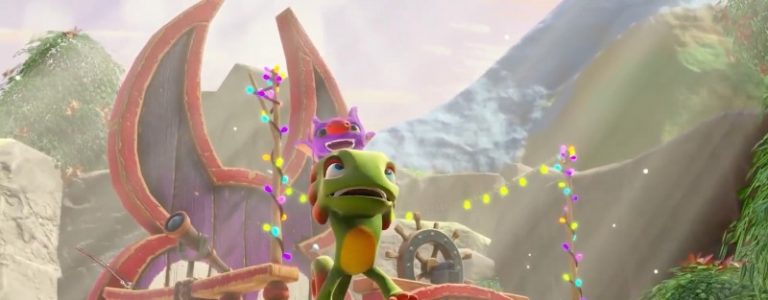If you haven’t heard, Akira Toriyama, the legendary creator of the Dragon Ball franchise and character designer of beloved games like Chrono Trigger and the Dragon Quest series, has passed away at the age of 68. As fans and collaborators have expressed condolences and tributes online, a lot of attention has understandably been given to his biggest and most influential works. But one game that deserves recognition today is 2006’s Blue Dragon. While it didn’t go on to be a huge franchise, it’s a case study of Toriyama’s influence and peerless character designs. When Xbox was looking to capture the Japanese audience in the early Xbox 360 days, turned to Toriyama.
Blue Dragon was developed by Mistwalker and Artoon and published by Microsoft. At the time, an Xbox exec described the move to IGN as a deliberate effort to bring Japanese players to the Xbox 360 and future generations of the console. “This is the first step for Microsoft as it begins partnering with important Japanese developers and publishers,” said Xbox’s Peter Moore. “This is an investment that will pay off in the future, and will be a platform-driving set of games for our next-generation system.”
Xbox had historically struggled in the territory (and still does), and publishing RPGs from Japanese developers like Blue Dragon and Lost Odyssey was a play at expanding its audience inJapan. Blue Dragon, however, had an ace up its sleeve: Toriyama’s distinct character design.
Mistwalker was founded by Final Fantasy creator Hironobu Sakaguchi, so Blue Dragon had some wildly influential talent at the top. It was primed to be a mega hit, and reached internal sales expectations of 200,000 copies sold after a year. But perhaps if it hadn’t been an Xbox 360 exclusive just a year after launch, it could have had a bigger cultural impact. But those who played the game still hold it dear, and for good reason.

Blue Dragon follows a group of kids who each have the power to control shadow-like dragons who act as extensions of their battle capabilities. While the characters and story are relatively simple compared to some of its contemporaries, it was a deliberate nostalgia play for fans of classic RPGs that helped establish Sakaguchi and Toriyama’s legacies. Mistwalker’s debut harkened back to traditional turn-based combat just as established RPG series were starting to experiment with new formats, like Final Fantasy XII.

The characters Toriyama designed for Blue Dragon evoke the same childlike wonder of the early arcs of Dragon Ball. Some of these heroes are easily identifable as Toriyama designs, from the spiky-haired protagonist Shu looking like Goku’s long-lost cousin, to the lording presence of the shadows feeling reminiscent of the wish-granting dragon Porunga from Planet Namek. The monsters show off Toriyama’s range in designing intimidating creatures like the Merman Lizard, as well as weird little freaks like the bat-like Deevees. Though it wasn’t the flashiest or deepest RPG of its time (this was the same year Persona 3 launched, after all), as a debut game for a new studio, it was a really solid game that had the potential to grow into something bigger.
Mistwalker didn’t just drop the franchise, but it never made a big console game again. On top of an anime adaptation, two more games were developed for the Nintendo DS, including a strategy game called Blue Dragon Plus developed alongside feelplus and Brownie Brown, and Blue Dragon: Awakened Shadow, an action RPG co-developed with tri-Crescendo. While Microsoft didn’t publish those games on competing platforms, none of them would have happened if Xbox hadn’t partnered with Mistwalker and Toriyama in a move to court Japanese players. It does leave one to wonder what might have happened if Blue Dragon had been on other platforms where that audience was more established. Still, if nothing else, it stands as a testament to the influence and widespread popularity of Toriyama’s iconic art style.























